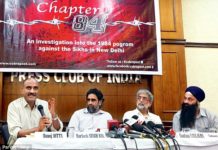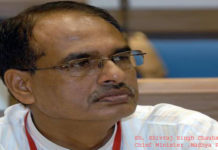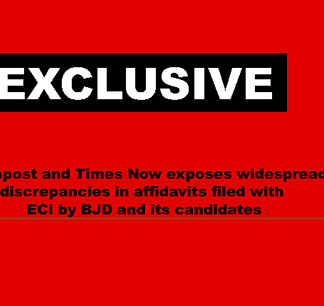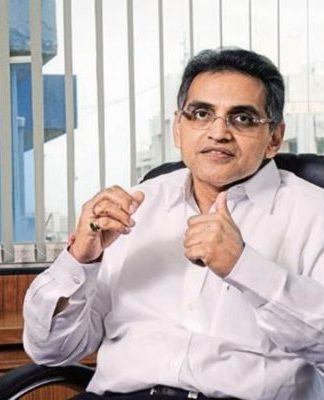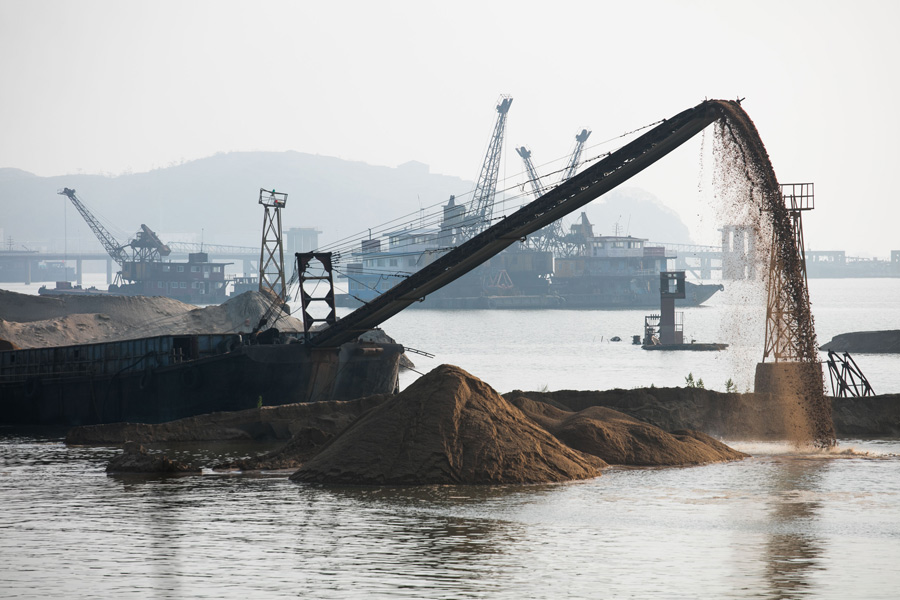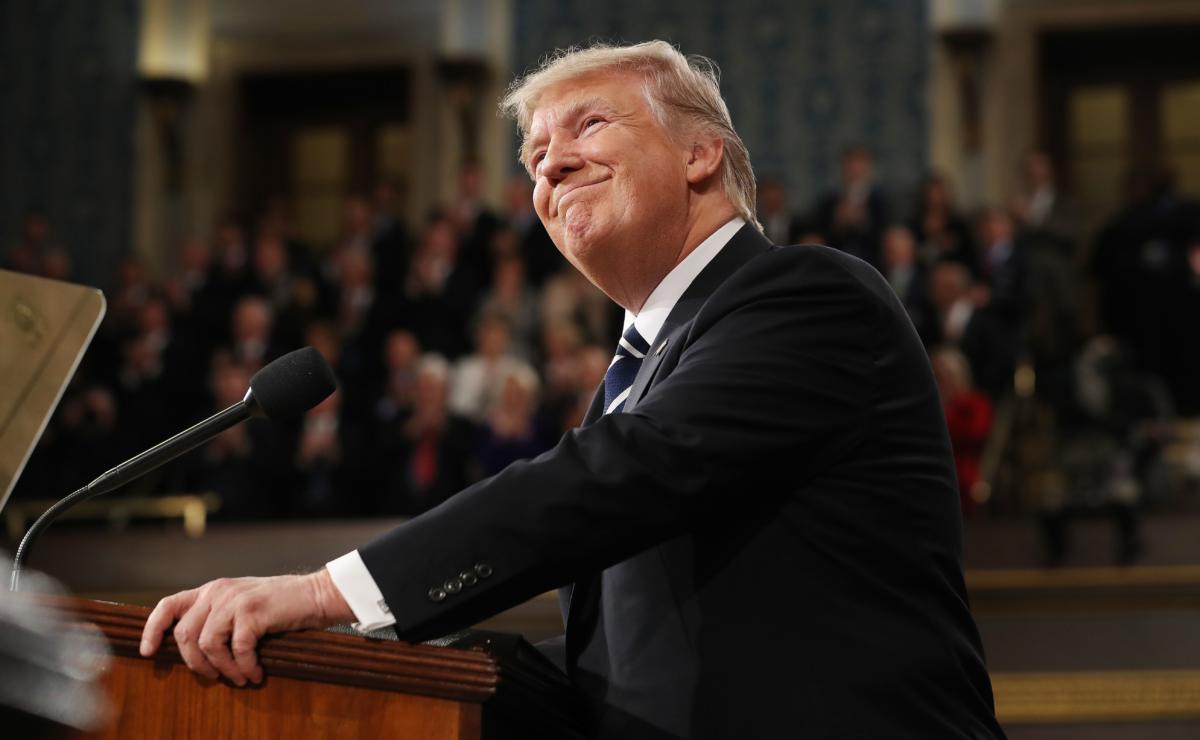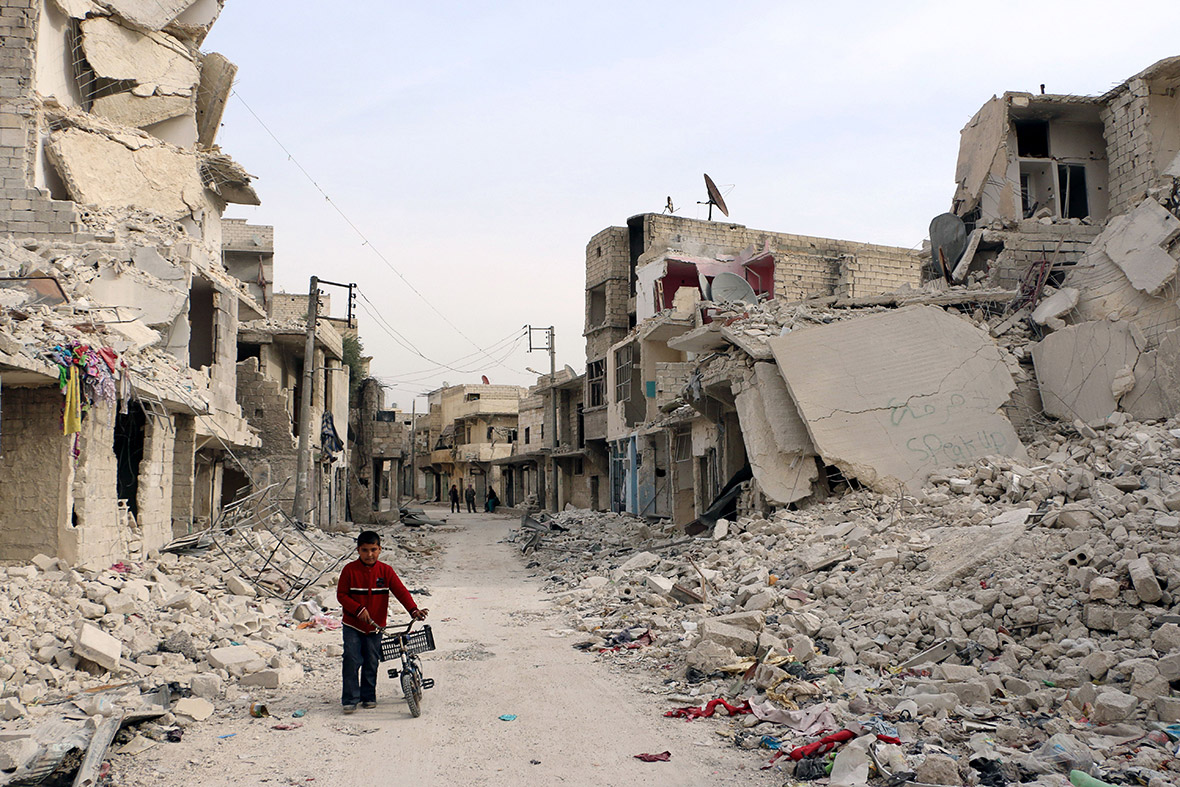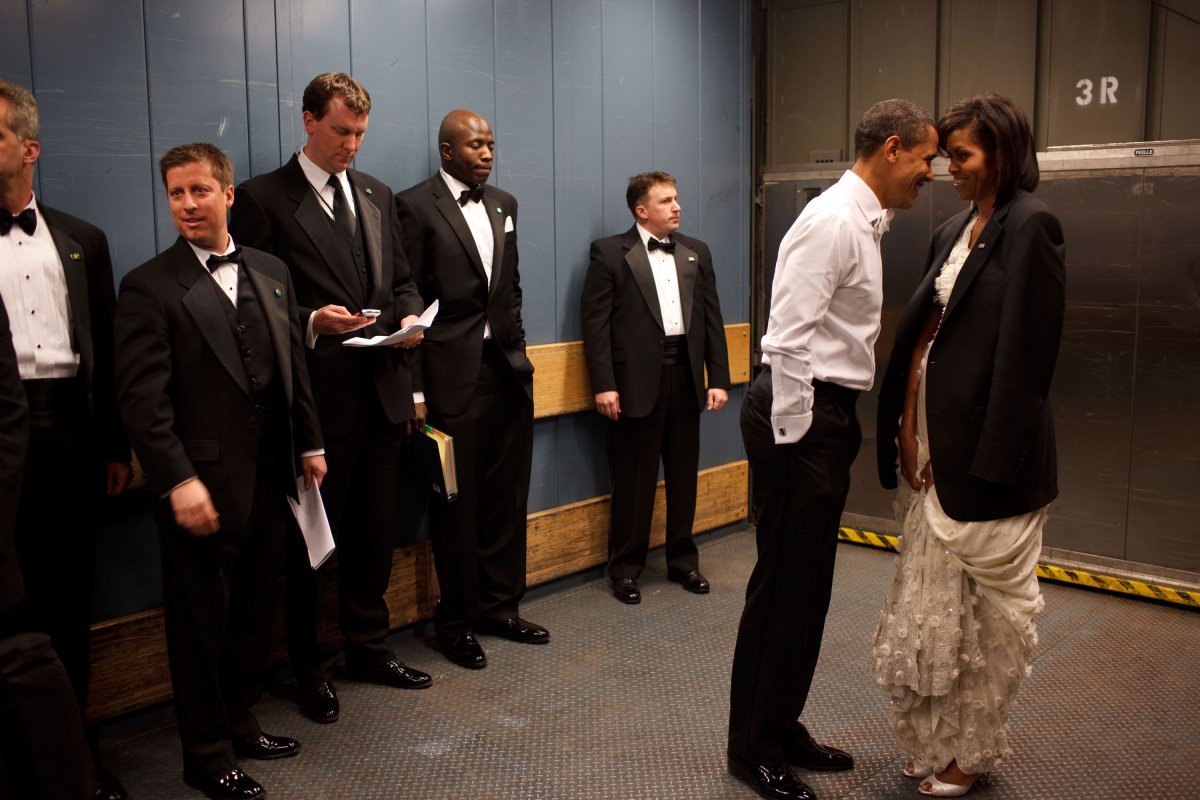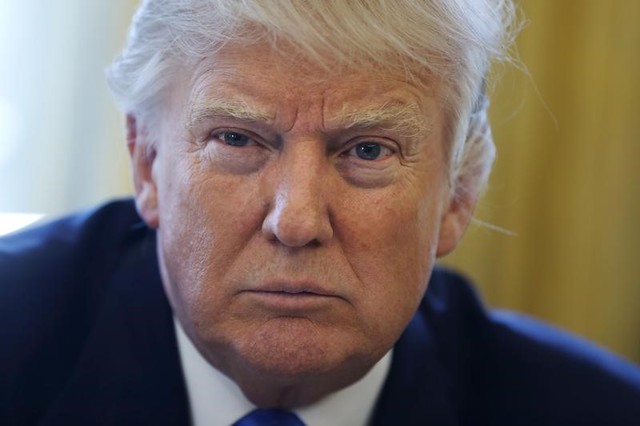A US-based company supplied India with faulty equipment that cost the exchequer close to Rs 14 crore.
By Shailesh Kumar
India is the world’s largest importer of weapons and military equipment, accounting for about 15 per cent of global imports. While Russia is the major supplier, India has since 2005 shown an increasing enthusiasm in purchasing equipment from the United States of America.
Top echelons at the Raksha Mantralaya, though, could do well with some caution and curb its recent zeal in relying too much on some US based companies for defence equipment.
Our investigation has revealed a startling fact about a US-based company practically supplying India with junk instead of a coveted long-range strategic communication equipment–Tropospheric Scatter, or Troposcatter.
The deal severely compromised the Indian Army’s defence preparedness in 1980s and 90s,even as huge public money was wasted.
According to sources, it all began in September 1976, when the Ministry of Defence(MoD) was being steered by Union Defence Minister Bansi Lal, in the Indira Gandhi Cabinet, and India entered into a contract with US-based M/s Aydin Energy System Division to import six Mobile Troposcatter Terminals (GRC-201) with accessories.
This was just around the time when India had entered a new era in space with the launch of its first satellite, Aryabhata, in 1975. Strategic and secured radio communication was largely dependent on Troposcatter Terminals for a relay chain length of 1,200 km using the earth’s troposphere. A Troposcatter Transmitter terminal launches high power signals. Some of the signals are “scattered” back to the earth, while most of them pass through atmosphere to outer space. The scattered signals on earth are received by earth stations.
The six Troposphere Terminals that were supplied to India in October and November, 1978, were found to be faulty. During the receipt inspection carried out at Central Ordinance Depot (COD), Agra, in February and March, 1979, by a board of officers, all six terminals, within the warranty period, were found to be defective and non-functional.
Needless to say, officers were stunned by the fact that they had been supplied scrap in the name of strategic communication equipment.
“GRC 201 was imported from the US. It was to establish long-distance strategic communication. In those days, it was meant for communication between armoured brigade and the corps or from corps to some flanking corps or from command to corps,and each could provide some 120-130 miles range. Each terminal was capable of giving 30 channels. Thirty channels in those days was a big boom,” says Brigadier (Retd) V. Mahalingam, a war veteran who served and braved injuries in the India-Pakistan War of 1971 in the battle of Basantar.
While the delivery of damaged equipment in 1978 tested the patience and preparedness of the Armed Forces, it also proved India’s vulnerability when it comes to the recovery of valuable public money from defaulters.
According to well-placed sources in defence, India is supposed to recover more than Rs 14 crore from the US firm, Aydin Energy Systems, besides the liquidated damages, bank guarantee and interest as detailed in the terms and conditions of the deal. But according to sources, India has not been able to retrieve even a single penny till date.
This, even though, a discrepancy report was issued against the supplier back in March 1979 when India found the Troposcatter Terminals to be faulty. Aydin Energy Systems subsequently supplied the required items to meet the deficiencies, but it could not repair or rectify the faults permanently. Four months later, a team of engineers led by one C. Roberts was sent by the firm for repair work. This team could make only two terminals functional for a brief period, which malfunctioned again.
“When the equipment was te sted, some equipment were giving 25 channels, other 26, and yet others were not giving anything. It was not in the state that was promised. Later, their engineers came and spoiled the whole thing. The equipment remained non-operational,” adds Brigadier Mahalingam.
According to defence sources, a meeting between the Government of India and Vice-President of Aydin Energy System Division, the supplier firm, was also held in June,1980. This meeting resulted in a supplementary agreement in January 1981 to carry out the repair workof all the six terminals found to be defective by COD Agra and user units of the Indian Army.
“Two terminals held by the user units were transferred to COD Agra for repair. To facilitate the repair, the spares and test equipment available with the Army workshop and COD, Agra, were provided to company engineers on their request,” informs a source on condition of anonymity.
According to sources, two engineers from Aydin Energy System Division reached India in October 1981 to perform repairs on the terminal for the fifth time. They repaired four terminals andasked the board of officers to inspect the equipment in November 1981 as against the supplementary agreement wherein the repairs were required to be completed within one month. The board completed the inspection in-situ in the presence of the engineers of the company in the first half of November 1981.
“After two link trials, representatives of the firm subsequently disassociated themselves from trials stating that their superior had instructed them not to attend trials since it was not part of the agreement,” says a defence source.
“The board of officers expressed their opinion that four terminals were not fully functional and two terminals were not functional at all, thus, all six Troposcatter Terminals were unfit for operational use,” added the source.
Instead of taking responsibility, Aydin Systems Division blamed the Indian Army for being untrained, incompetent and attributed failed trials to the lack of spares and test depots to maintain the terminals.
“These equipment are in use even now in the US. These were even manufactured by our own BEL [Bharat Electronics] butthe quality was not of that match. But, of course, they were used for communication between Sri Lanka and India when the Indian Peace Keeping Force was sent to Sri Lanka. It was vital in those years. Even today,they are in use but less owing to advancement in technology. But in those years in 1970s, 1980s and 1990s, the Troposcatter was indispensable,” says Brigadier Mahalingam.
However, according to sources, the government of India criticized the unilateral decision taken by the firm’s representatives to leave the country on the false premise of functional serviceability of equipment without issuing any certificate on completion of tests. “The Tropo links could not be established even after setting terminals at Hodal and Agra Aerodrome near village Patholi on the Agra-FatehpurSikri road,” informs the source.
The equipment was finally sent to BEL, Ghaziabad, to carry further repairs but the Troposcatters remained defective.
Aydin Systems Division had in effect failed to fulfill its contractual obligation and the matter was required to be settled by the Arbitrator according to the contract.
“Subsequently, the matter was referred for arbitration to settle the dispute as per Arbitration clause but no headway could be made. Eventually, in February 2001,the Union of India approached Delhi High Court against Aydin Systems Division, USA,” says a source.
Delhi High Court in January 2002 directed inter-alia that if both the parties failed to decide mutually, the International Chambers of Commerce (Paris) should be approached for settling the issue.
“Despite the directions of the court, arbitration proceedings did not take place. The Government of India finally approached International Chambers of Commerce, Paris, for the appointment of a third Umpire and paid a $2500 as registration fee,” claims a source.
ICC, Paris appointed one Christopher Lau, a Singapore national, as the third arbitrator between the Union of India and Aydin Systems Division.
According to well-placed defence sources, Integrated Headquarter of Ministry of Defence (Army) in March 2006 intimated the court that the MoD had tried to hold a meeting with the third arbitrator. However, the supplier firm, Aydin,had not yet informed the name of the arbitrator appointed by them. MoD also consulted Legal Attorney (Defence) for advice on the issue.
A source, on condition of anonymity, points out the huge gap in inter-department coordination. Despite so many years, it is yet not ascertained how much liquidated damages, bank guarantee and interest is to be recovered.
After a series of reminders, Director General of Signals informed in the beginning of 2012 that “the details pertaining to year 1976 were not available with that section, therefore, it was requested that the above details may be obtained from MoD DS (System),” adds the source.
Starting January 2012, Integrated HQ of MoD (Army) was requested multiple times to intimate the current position of the case. According to the source, the latest reminders were sent to Major Gen SS Lamba but in vain. “The delay in action gives room for anyone to think that the concerned rank in IHQ in MoD (Army) lacks the will to retrieve taxpayers’ hard earned money from USA,” says the source.
“There are inter-ministerial, inter-departmental gaps. Our defence contracting is poor and invariably we end up buying equipment which does not work. Another example is Weapon Locating Radar that we bought from America and met the same fate,” says Brigadier (Retd) Arun Sehgal.
The Troposcatter deal is an eye-opener for the incumbent Defence Minister who faces a daunting task of streamlining the procurement procedures.


